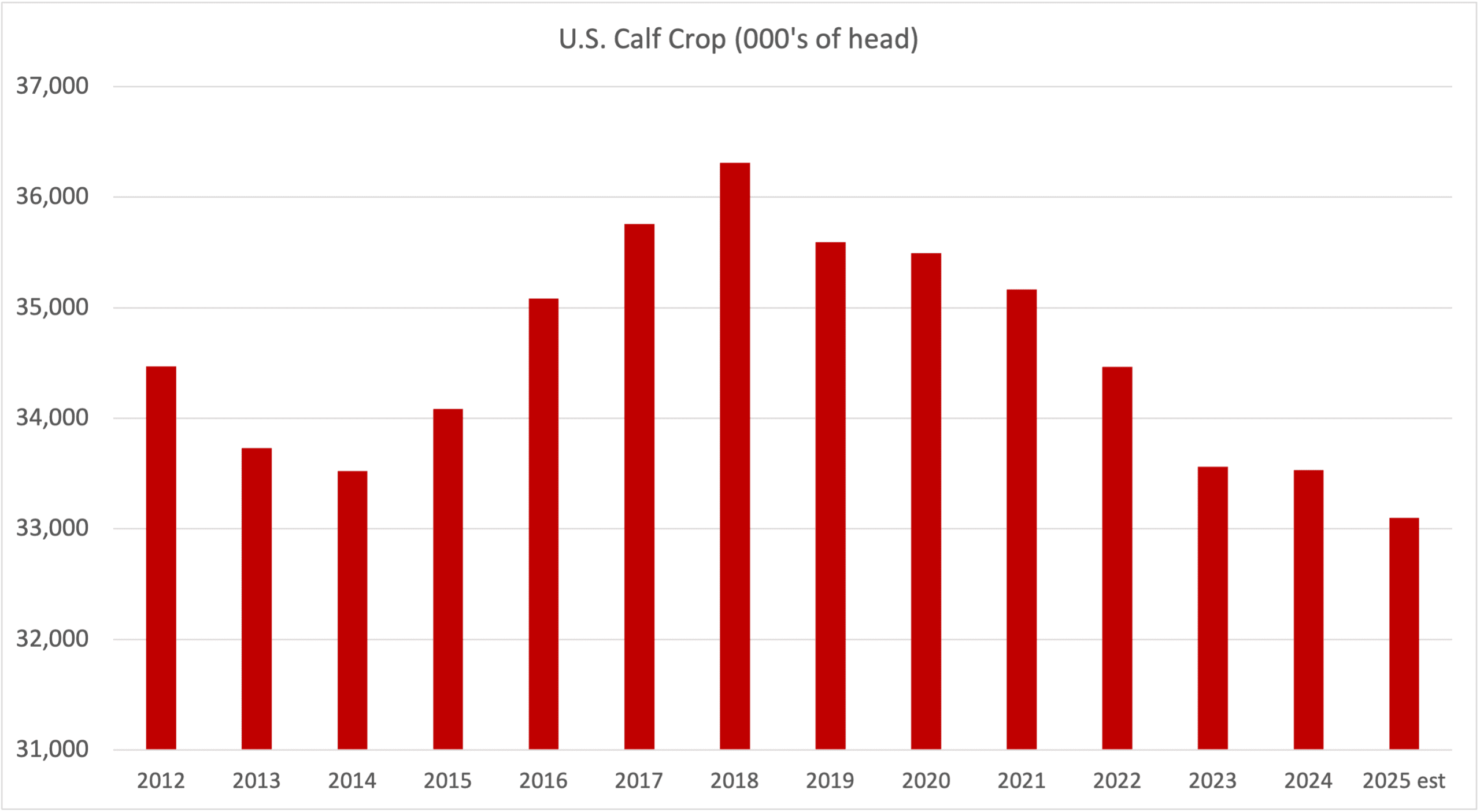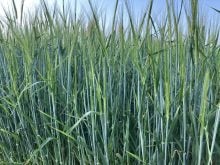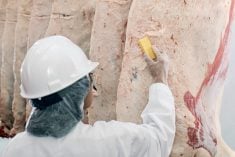Who would have thought that wild birds would roil the U.S. cattle markets? That’s what happened in late March after reports that the highly pathogenic avian influenza was detected in several dairy herds and had been introduced by wild birds.
Any kind of animal-related disease sends tremors through the markets and raises concerns about everything from animal prices to meat exports. It was thus no surprise that live cattle futures prices plummeted on the March reports. A further report on April 1 said a person who worked on a Texas dairy farm and had direct contact with dairy cattle tested positive for avian flu late the week before. This report caused the April live cattle contract to fall 492 points. The contract closed on March 21 at US$188.37 per cwt so it lost 830 points by April 1.
The irony is that no beef cattle then and until now have been found to have contracted the virus. But the futures market clearly did not like what it read. However, the market only two weeks later appeared to have put aside its concerns about the effect of avian influenza. Futures prices advanced on April 15 and 16 even though USDA’s Animal and Plant Health Inspection Service listed a total of 28 confirmed cases by then. At least 18 states had placed restrictions on the movement of dairy cattle. USDA announced its own restrictions on dairy cattle transported between states, including requiring them to be tested for influenza and mandatory reporting of cows that are infected with the virus.
Read Also

Factors influencing cattle feeder market during the fall of 2025
Market analyst Jerry Klassen weighs in on live cattle markets
The markets have settled into the knowledge that the disease has relatively minor impacts on cattle and has no human health implications for meat or pasteurized dairy products, said University of Oklahoma agricultural economist Derrell Peel at the end of April. Barring any new surprising information, cattle markets should move on with market fundamentals, he said.
One development though was that USDA on April 29 said it was collecting samples of ground beef in states with outbreaks of bird flu in dairy cows for testing. It will analyze the ground beef to determine whether any viral particles are present. There are no known cases to date of bird flu in beef cattle and USDA has repeatedly said it remains confident the meat supply is safe. But this did not prevent speculation about what might happen if USDA’s testing found influenza in ground beef.
One of my contacts emailed me, wondering if there would be a scenario that could cause mass selling by farmers and ranchers as they see cattle prices plummet, or hold on to wait out the virus and not take losses. I assured him that any selloff was not going to happen. But I suspect the beef industry will have a slight influenza cloud over it for a while.
The greater concern will be over the strength of beef demand as the grilling season starts. March retail prices increased from February and were sharply higher than in March last year. USDA’s All Fresh beef price averaged $7.89 per pound, up six cents from February and up 9.1 per cent from last year. USDA’s Choice beef price averaged $8.12 per pound, up four cents and up 6.3 per cent, respectively. Retail prices likely continued to advance in April. But a potential positive was that the national comprehensive boxed beef cutout the last two weeks of April fell below year-ago levels for the first time in 2024. The hope was that this would allow retailers to promote beef aggressively during May.
















